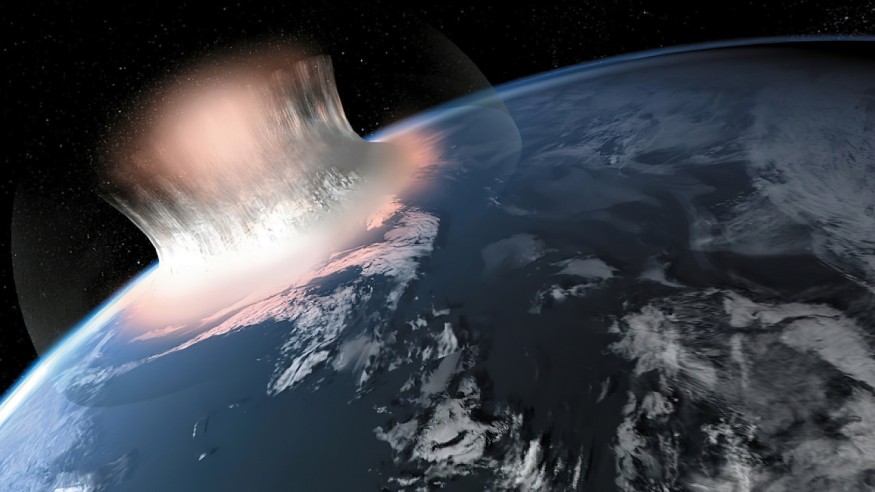
Earth is has been hit many times by asteroids and comets since 4.5 billion years ago and they still pose danger today. Depending on the size of the impacting Near-Earth object, the collision could create damage on a global scale. Astronomers said that Earth may undergo another cosmic impact in the future.
Scientists have created models to calculate this certainty and said that it is still possible for space rocks to hit Earth today, just like the collision of Comet Shoemaker-Levy 9 in 1994 that crashed through the atmosphere of Jupiter. If the 1.2-mile (2-kilometer) wide asteroid has impacted Earth, scientists estimate it would be a global catastrophe.
NASA Explains Plans in Preventing "City-Killer" Asteroids From Hitting Earth: How Prepared Is Humanity From Space Rocks?
Threat From Asteroids and Comets
Millions of space rocks orbit the Sun, including near-Earth objects. But the good news is that NASA knows zero asteroids that are big enough to create meaningful damage on Earth. The space agency is tracking these asteroids and comets that might collide with Earth in the foreseeable future.
They discover new near-Earth objects every day with more than 28,000 identified as of today, Kely Fast, the program manager of near-Earth object observations at NASA's Planetary Defense Coordination Office, told Space.com that they are racking up the numbers for near-Earth objects, but there is no known threat on Earth at present.
According to an article on the website Astronomy, the larger the asteroid, the more it can damage the Earth. For instance, a 459-feet (140-meter) asteroid that visits Earth every 20,000 years could unleash 300 megatons of energy and cause regional scale damage.
Meanwhile, a 984-feet (300-meter) asteroid that impacts Earth every 70,000 years could unleash 2,000 megatons of energy and create continent-wide devastation. But a much larger asteroid, like the 1,968-feet (600-meter) space rock that impacts Earth every 200,000 years, releases 20,000 megatons of energy and could cause global-scale devastation.
It is the largest asteroid and caused the worst damage. A 0.6-mile (1-kilometer) space rock that impacts Earth every 700,000 years impact with a force of 100,000 megatons and causes global devastation. The bottom line is that a 0.6 to 1.2- mile (1 to 2-kilometer) asteroid could wipe out living organisms and destroy the planet.
NASA's Plan to Avoid A Global Scale Catastrophe From Asteroid Impact
Under the 1998 Spaceguard Survey, the US Congress tasked ASA to find and track 90% of near-Earth objects, especially those measuring 0.6 miles (1 kilometer) across or bigger within 10 years. NASA surpassed that goal and in 2005, Congress passed another bill requiring the space agency to track all asteroids that are 460 feet (140 meters) or larger by 2020.
Then in 2018, Congress funded another mission scheduled to launch in 2026 in which an infrared, space-based telescope called NEO Surveyor will search for potentially dangerous asteroids, SciTech Daily reported. NASA believes that preventing a disaster means knowing what is coming and when before it hits the Earth.
For instance, an asteroid the size of a football field could be a "City-killer." It passed less than 45,000 miles to Earth in 2019, while another asteroid as big as a 747 jet came close in 2021.
Scientists recommended at least five to 10 years of preparation to mount a successful defense against hazardous asteroids. They identified some ways to mitigate a disaster from an asteroid impact, like implementing first-aid evacuation measures and sending a spacecraft to fly near the asteroid and change its direction, such as the Double Asteroid Redirection Test (DART).
Check out more news and information on Asteroids in Science Times.












